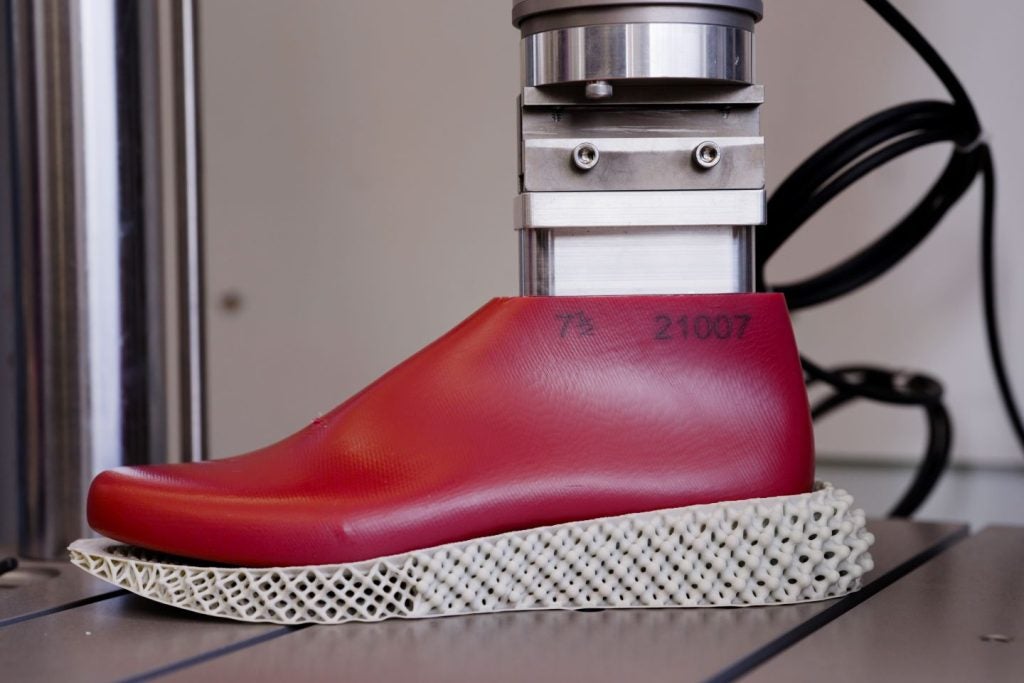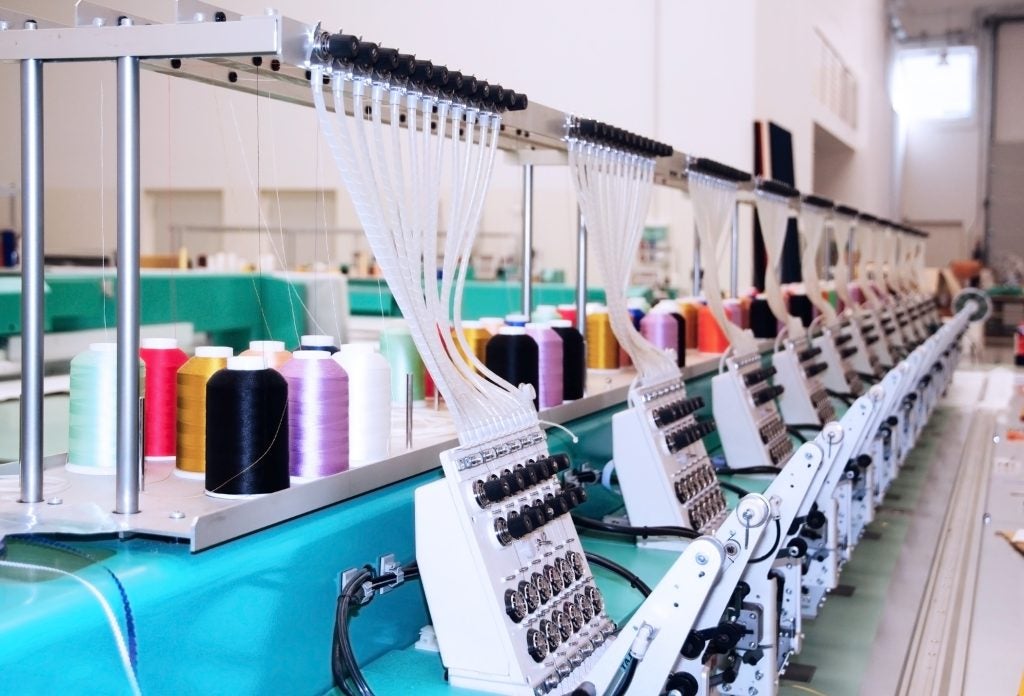In research partly supported by German sports brand Adidas, MIT engineers have developed a model that simulates how a runner’s gait (manner of walking) changes with different shoe types. They can then pick out the best-performing shoe defined as the one in which a runner’s expended energy is minimised.
The model incorporates a person’s height, weight, and other general dimensions, along with shoe properties such as stiffness and springiness along the midsole. This is then used to simulate a person’s running gait, or how they would run, in a particular shoe.
The researchers simulated a wide range of shoe styles and used the model to predict a runner’s gait and how efficient each gait would be for a given type of shoe.
The research, which is featured in the Journal of Biomechanical Engineering. grew out of talks with collaborators in the sneaker industry, where designers have started to 3D print shoes at commercial scale.
Designers sought guidance on predicting runner dynamics with novel shoe designs. The team drew inspiration from biomechanics pioneer Thomas McMahon, using a simplified “spring and damper” model to gain meaningful insights into athletic performance.
According to the researchers, the model could prove useful for designers looking to push the boundaries of sneaker design.
“Shoe designers are starting to 3D print shoes, meaning they can now make them with a much wider range of properties than with just a regular slab of foam,” said Sarah Fay, a postdoc in MIT’s Sports Lab and the Institute for Data, Systems, and Society (IDSS). “Our model could help them design novel shoes that are also high-performing.
“We’ve allowed for enough flexibility in the model that it can be used to design custom shoes and understand different individual behaviours,” Fay said.
She added: “Way down the road, we imagine that if you send us a video of yourself running, we could 3D print the shoe that’s right for you. That would be the moonshot.”















